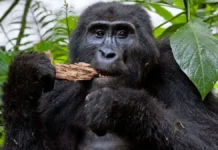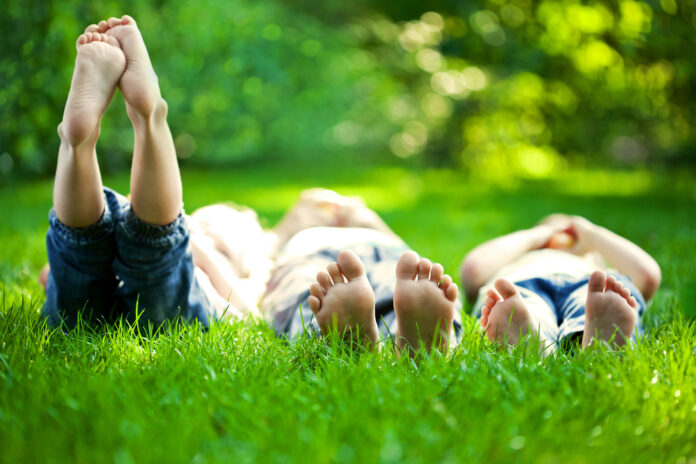
Green living starts with changes at home. When we are young, we often develop habits that we take with us into adulthood. If you want your children to become good stewards of the planet, now is the time to educate them on conservation.
You don’t have to go to extremes. Even small changes can have a big impact on a person’s lifetime. Simply choosing to consume less electricity each day or being aware of where a resource comes from can make an enormous difference. It also encourages your little ones to teach their future children, which is how generational change happens.
Kids may not fully grasp the large-scale effects their decisions have on the environment. It takes lots of small steps to help them develop earth-friendly habits and to show them that they can make a difference.
What can you do to start teaching your kids about conservation and green living? A team of electricians from connectelectric.com.au is here to give you some great tips.
Have a Conversation About the Planet
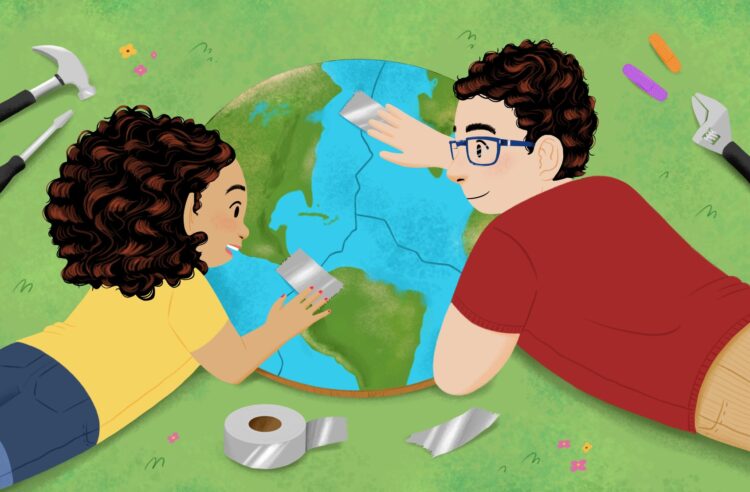
Sit down with your children and talk about the planet. Explain what an ecosystem is and how the plants, animals, and people are connected within it. Younger children may struggle with complex ideas and concepts, so remember to keep it simple. You can always go into greater depth later when they are older.
During your discussion, remember to stop at key points and ask questions. This will give your kids a chance to respond or ask their own questions. It can also help you gauge whether they grasp the topic or if you need to take a different approach.
Don’t Just Tell Them About It, Do It
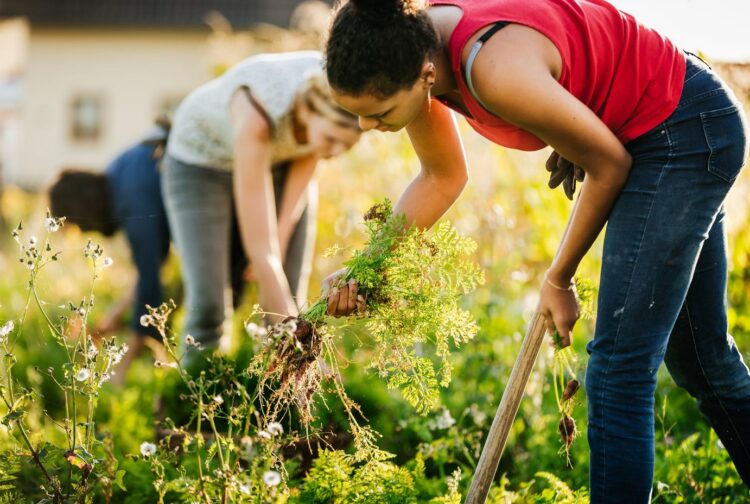
It would be best if you always practiced what you preach. Kids hear your words, but your actions will speak even louder. If you tell them to use less water or electricity, make sure you do the same. This is both a reminder for them and demonstrates that you are just as committed to living green as you tell them you are.
Plan Educational Trips for the Kids
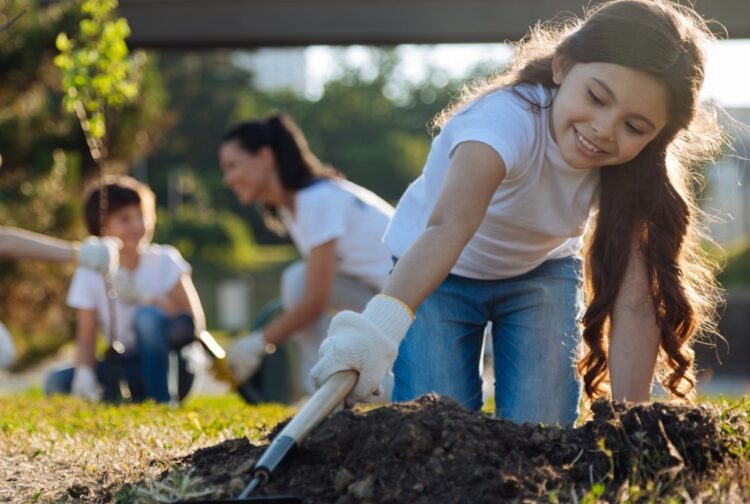
Going to new places is exciting and can present many educational opportunities. Plan a trip to teach kids about the conservation topics you discussed at home.
For example, some utility companies offer tours to the public. This is a good way to help children understand how the energy they use is produced and what they can do to lower their consumption.
Show Kids Measurable Results
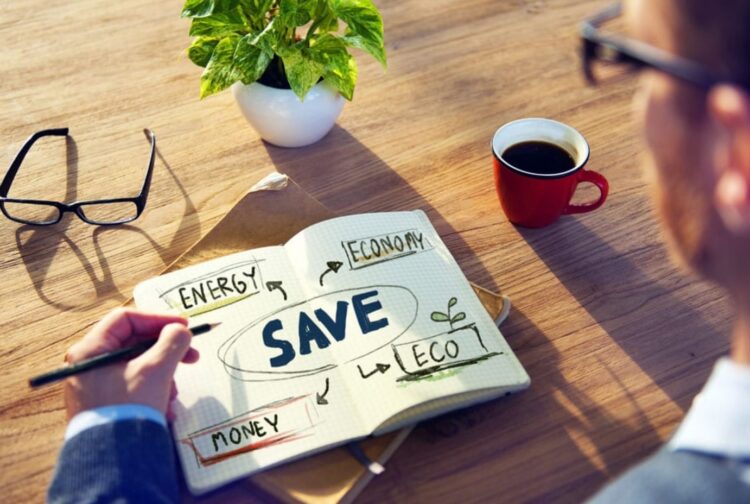
What does “using less” really mean? It’s a variable that can be hard to explain in words, especially to a young child. Show your kids that they are making a difference with visual aids and measurable results.
Look at your pre-conservation electric bill. You can turn the usage into a chart. A bulletin board with symbols or characters that represent units of use can work well. Show them what your household was consuming before. Then, show them how much you are consuming now while trying to conserve. This can help them visualize the change they are making at home.
This approach can work for many things. Another example is household waste. If you are trying to cut back on garbage, show them how you have gone from three weekly garbage bags to two or even one.
Give Kids the Opportunity to Practice
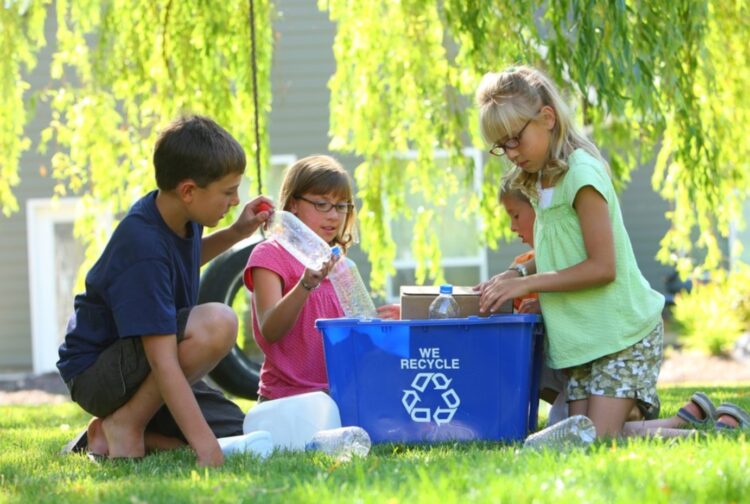
Kids need the opportunity to put these new ideas and habits into practice. Give them the chance to do so. Instead of putting items in recycling or tossing biodegradable items into a compost pile for them, let the kids do it. It’s a good way to emphasize the importance of taking responsibility for their actions.
The level of freedom a child can have in this area will depend on their age and capability. Start small and remember to praise them when they do the right thing.
Plan Eco-Friendly Home Projects
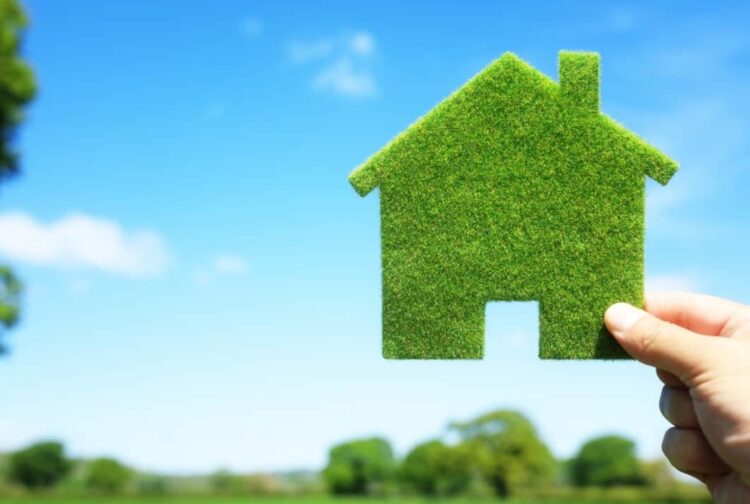
Plan some eco-friendly home projects that everyone can work on together. You could grow a pollinator habitat or vegetable garden or build a compost bin. These are relatively easy projects that can also be used as teaching moments.
Explain why pollinators are important and what would happen if they weren’t around. Show kids how waste can be used to grow food, and how growing your own food helps reduce CO2 emissions and other negative effects that come from buying mass-produced food items.
Take Kids Out and Clean Up
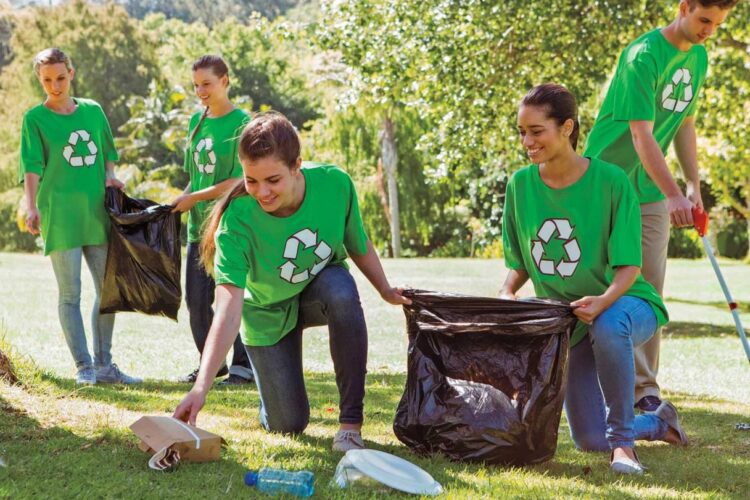
While these good habits start at home, it’s also important to show kids how they can apply them to the outside world. Go on a litter hike where the whole family enjoys fresh air while cleaning up the local park or your favorite hiking trail.
Remember to bring bags to carry litter as well as sticks to pick it up. Gloves are also recommended to help protect everyone from bacteria.
Discuss Endangered Animals
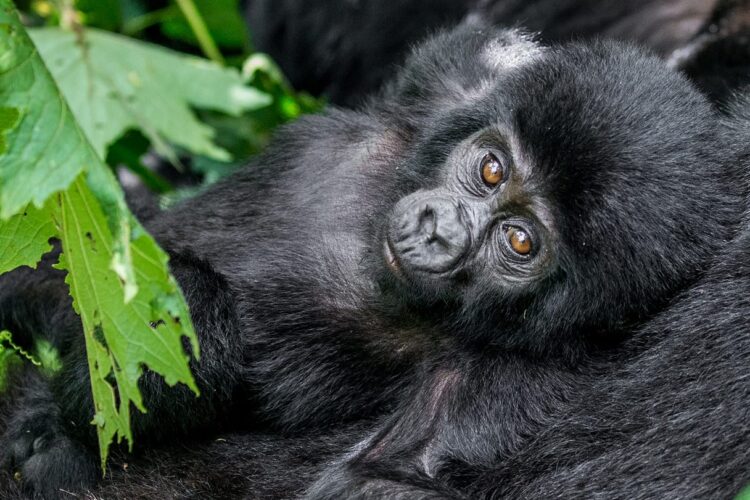
The health of the planet has a direct impact on the wildlife that we share it with, and kids usually love animals. This is another way you can help explain why conservation is beneficial.
Teach children about endangered species. Show them how the way we manage our natural resources can hurt or help animals and their habitats. If your child has a favorite animal, this is a good starting point to get them interested.
Tour the Ecosystem in Your Backyard
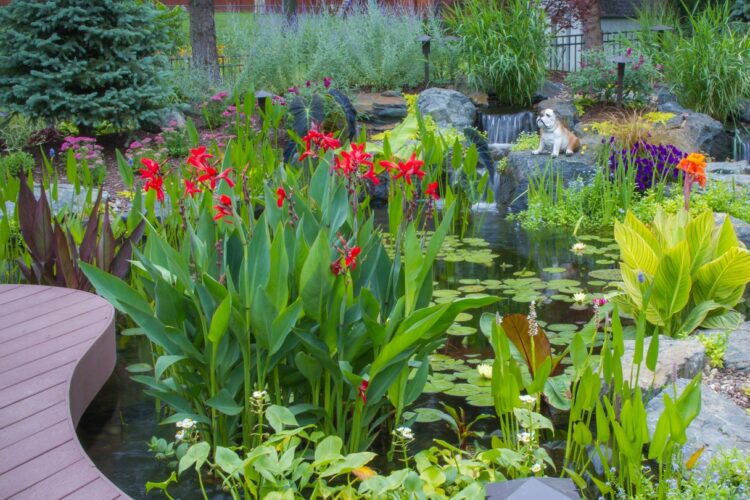
Your backyard is home to its own ecosystem. Spend a pleasant afternoon outside in the sun while teaching kids about the plants, insects, and other life that thrive there.
This will also help illustrate how nature is connected everywhere. The birds that perch on your windowsill or a tree in your yard may have a nest in the nearby park or forest, where other creatures and plants live. The bees in your garden likely pollinate plants at the local parks.
Get Involved with the Community
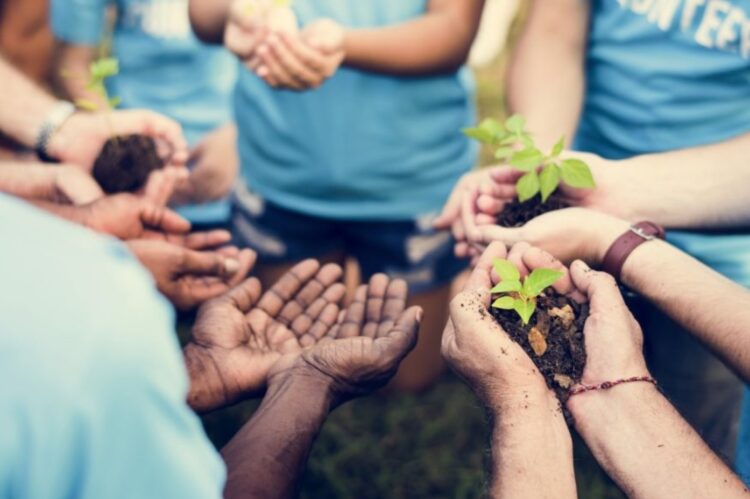
Learn about local conservation and environmental events. Children can meet other kids who are also learning about these topics while becoming active members of their community. This can include kids’ programs, volunteer events, or classes.
Your children could participate in making very real change, like planting trees in the park or going on a community nature walk.
There are many ways to show children how their actions and choices affect the planet. Start now and help build a cleaner, greener future for everyone.



